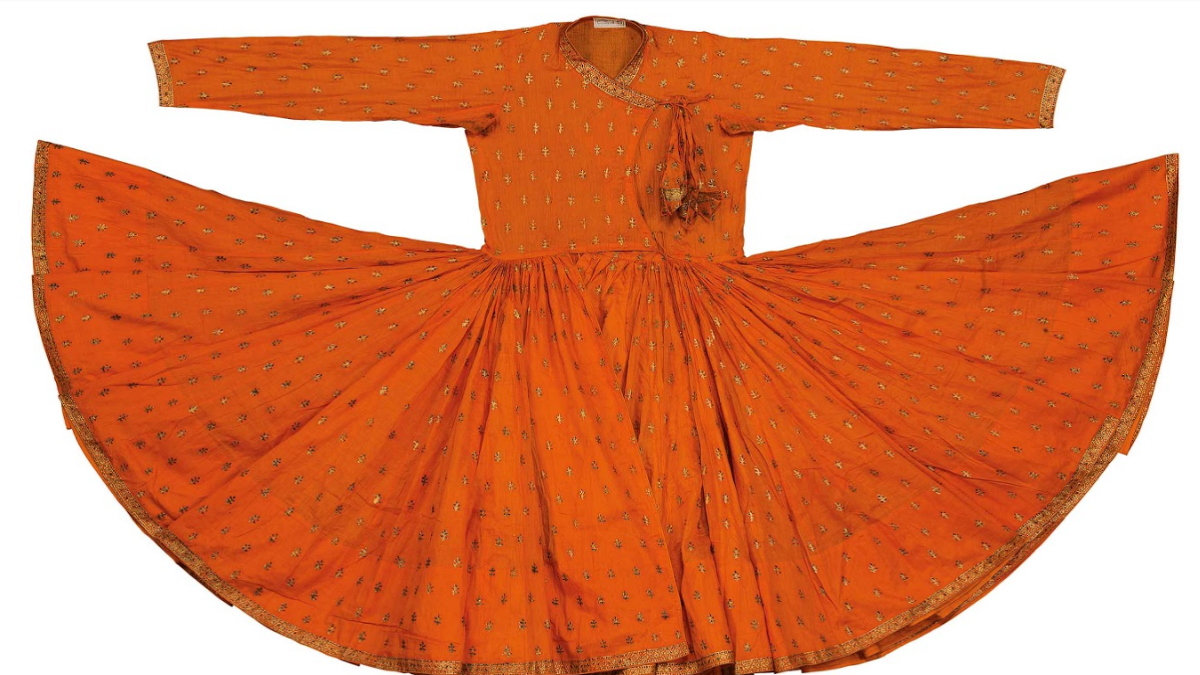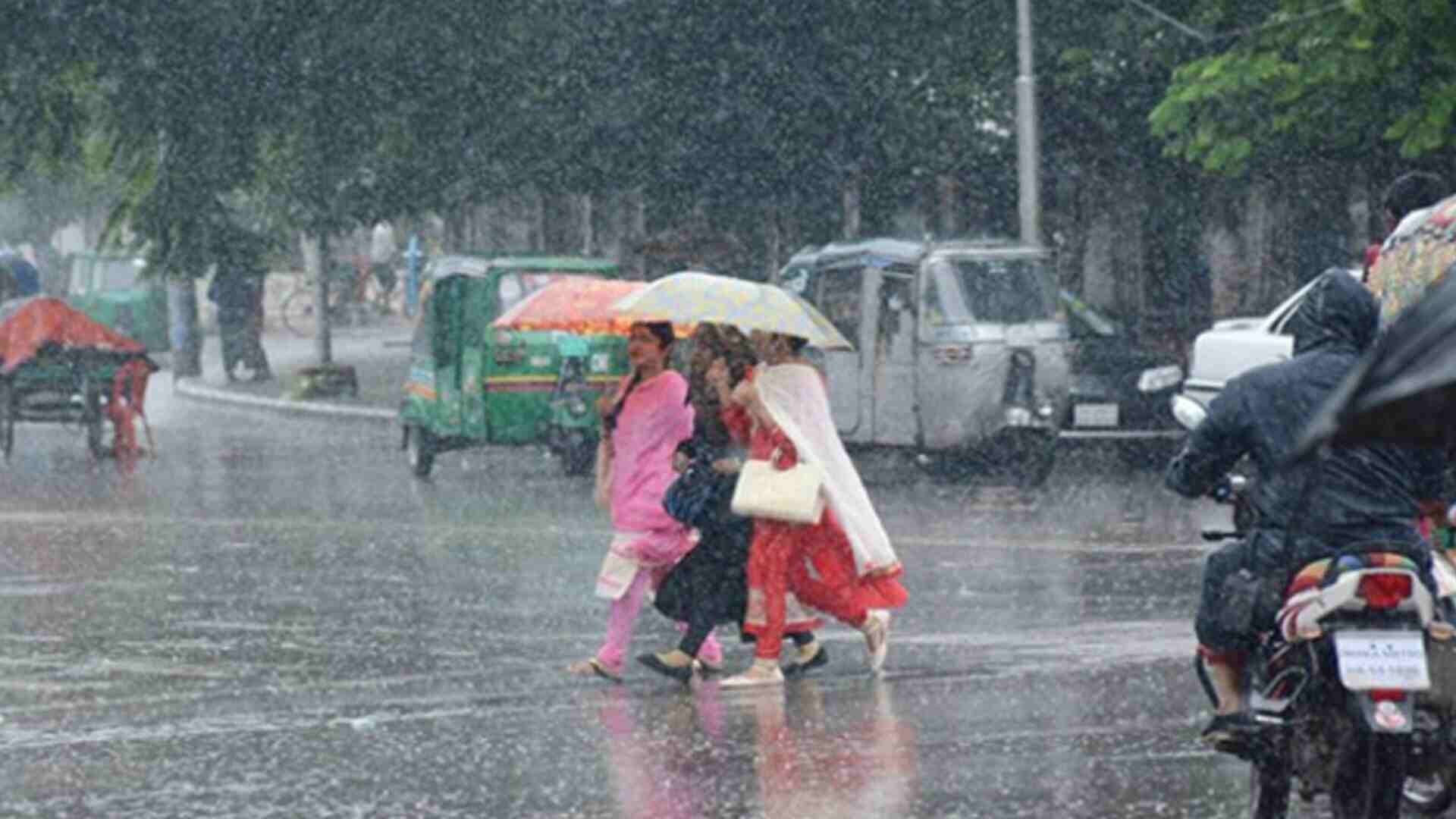Of all the museums offering a window to the textile traditions of princely India, the one at City Palace, Jaipur is the most precious. I recall being enamoured by the sheer volume of the poshaks worn by an erstwhile Maharaja, who must have loved the royal cuisine a lot! The level of block printing that gave away layers of colours and finishes to a single block, the lappa work that lent a horizon of gold to every poshak…
Given this writer’s ‘lust’ for textiles, Textiles of Rajasthan at the Jaipur Court (Niyogi publications), written by textile expert and lover and senior professor at NIFT, Dr Vandana Bhandari, came as a great treat. The book comes with a foreword by Princess Diya Kumari of Jaipur, who amongst her many hats also wears the one of being the Trustee of Maharaja Sawai Man Singh II Museum. She says, “Of all the sumptuous arts that contributed to courtly culture, nothing declared the court’s wealth and sophistication as clearly as the clothes worn by the members of the ruling family. Rajasthan has a continuing process of many different kinds of cloth production and remains famous for the skilled techniques of its crafts people.”
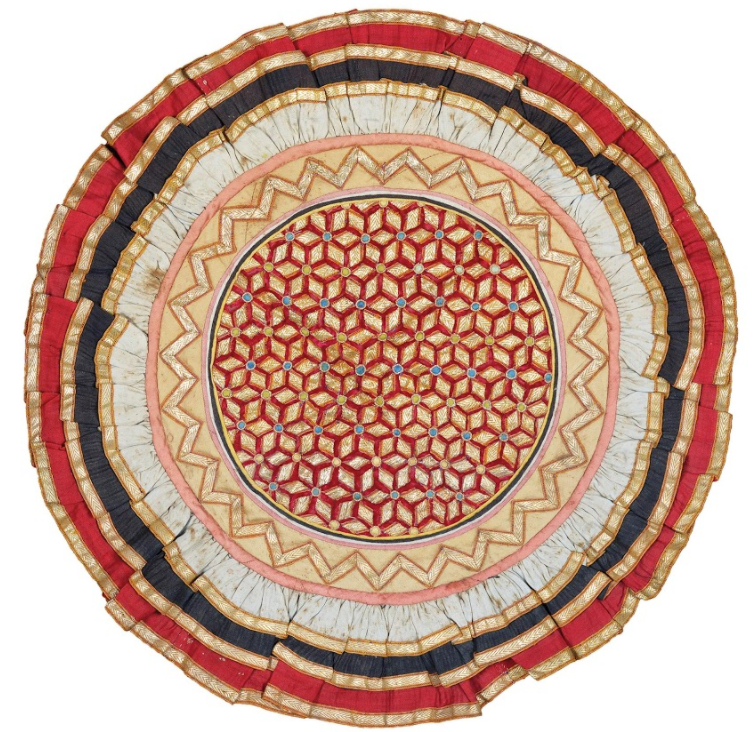
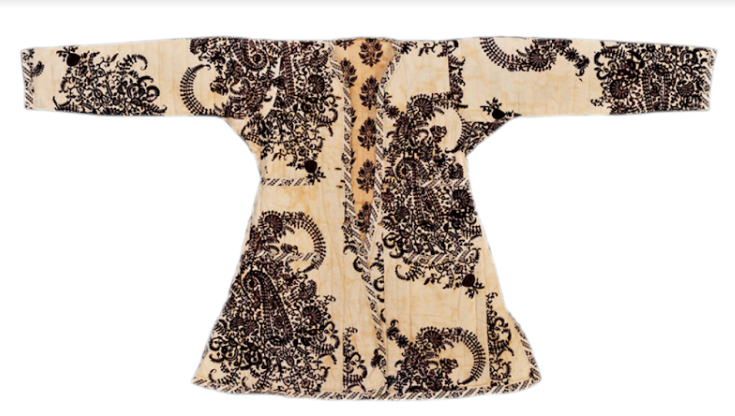
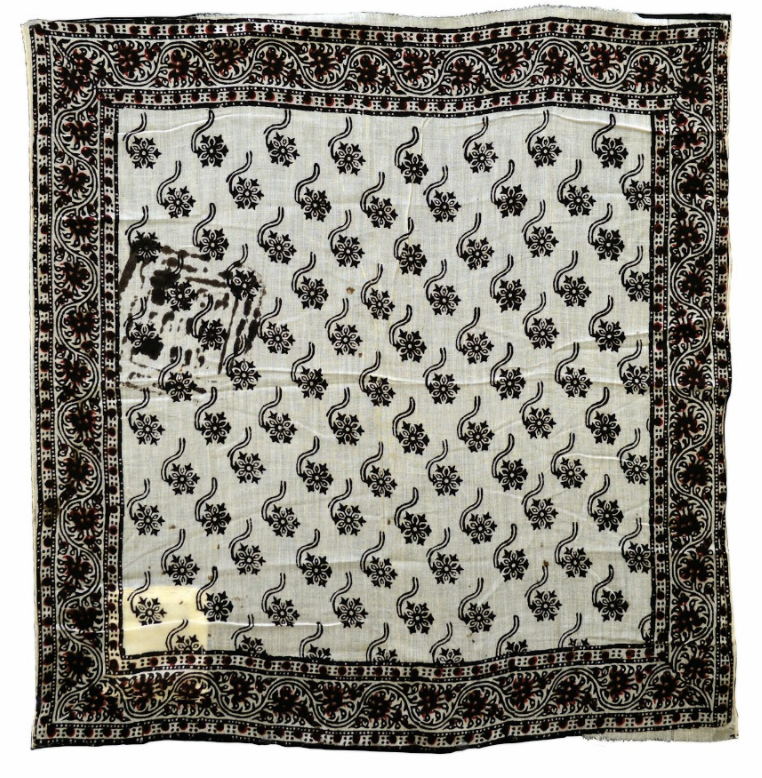
The fifth in a series encapsulating the Jaipur court’s jewels in textile, this book looks at the historic collection from the vantage of handicraft technique — so welcome in these times when the government is asking the nation to go vocal for local, and also apt for Diya, now a general secretary of BJP’s Rajasthan committee.
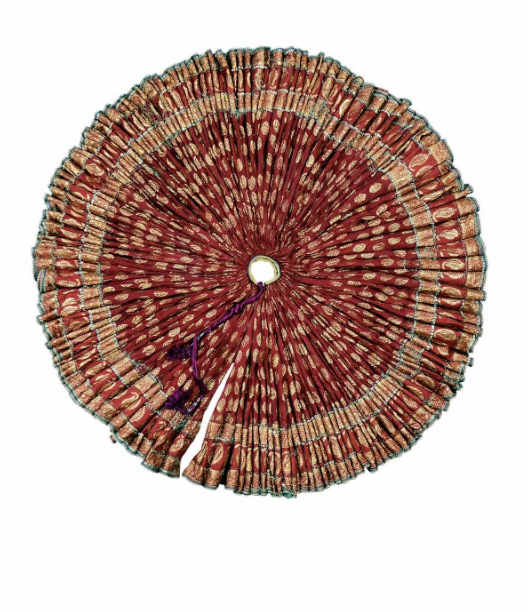
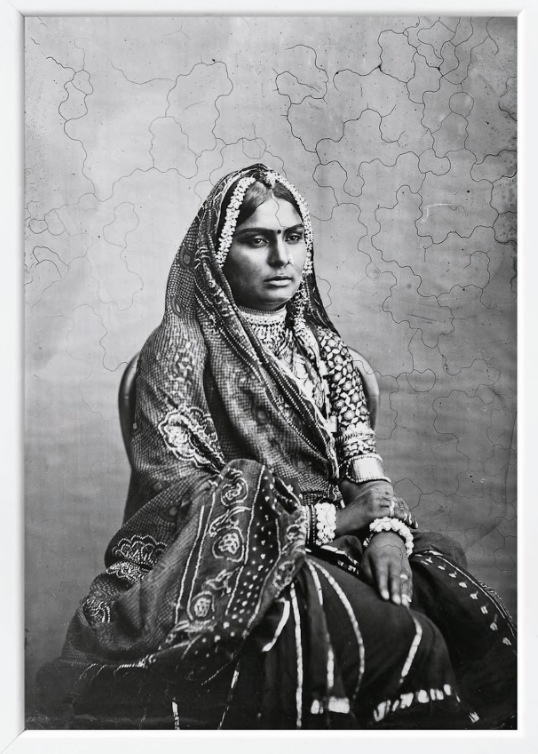
Before diving into the techniques, the author dwells upon how textiles for princely families presumed a position much more important than the warp and weft of it. The book details how they often became currency in taxation, a celebration of rituals, symbols of wealth and status, gifts to gurus and spiritual leaders and also the royals’ way to patronise craftsmen.
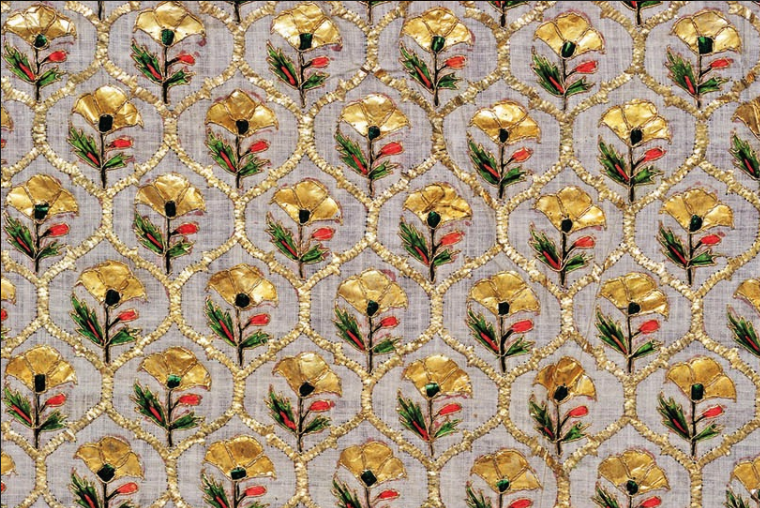
Vandana begins her chapter by talking of block prints, possibly the most symbolic of Rajasthan’s craft heritage. For the royals, block prints were used for safas, construction of voluminous anarkalis for men and lehengas and odhnas for women. In the state of Jaipur, what devel- oped were the hubs of Bagru and Sanganer. The author writes, “The sophisticated dyeing and printing techniques of Sanganer as well as the presence of octroi stamps and seals prove that the centre in Sanganer creating textiles was largely used by the royals.” The author also explores natural dyes, stating, “The most popular colours used were red, blue, black and yellow, all sourced naturally. The Indian red for instance came from the roots of plants like madder, Rubia Tinctoria, Morenda Genus, etc.”
Before delving into the richness of textural techniques, the book also looks at the crafts of Bandhani and Leheriya that were practiced by nomads and royals alike. Popular right up to the Rann of Kutch, both in India and Pakistan, Bandhani helped “the arid landscape of Rajasthan to draw from its energy”, she says. Her take on how gota patti was coupled with Leheriya and gives the craft its touch of precious is also mentioned.
My personal favourites in the book are the chapters on the three techniques of Varak, Lappe Ka Kaam and Kamdani that do not get the place in heritage that they deserve, yet are more precious than the crafts of Zardozi and Dabka which have consumed our couturiers from the start. Varak, or the craft of using metallic substance in block print, is divine. The royals used it for everything, starting from their tents, bed spreads to their odhnas, poshaks and safas. In Jaipur, its most intricate treatment can be witnessed. The book documents a Varak Mahadol cover in aubergine, created for the Maharani’s doli, and is stunning for its intricacy. Kamdhani, a fast dying craft, was an embroidery school that “the nawabs of Awadh patronized for years, making Lucknow its hub”, informs the book, adding that, “popularly known as tarkashi, fardi ka kaam, mukaish or badla, it is perceived as shahi kaam.” Lappe Ka Kaam, used to frill lehengas, dress up dupattas, edge the Kanchlis or even dress up a fan, is the use of pure zari gota that comes in every size and textural flourish.
Thanking Vandana for the book, Diya concludes, “This timely book showcases and celebrates some of our best examples and will help to preserve Rajasthan’s rich legacy of textiles.” The book is a must buy for design addicts who also hold a light for heritage.

